Bletchley Park: No longer the world's best kept secret
- Published

Bletchley Park housed codebreakers including Alan Turing
Codebreakers credited with shortening World War Two worked in structures built to last only a few years. So how have ramshackle huts been given a new lease of life, 75 years on?
Bletchley Park was once the world's best kept secret and a key part of the country's war effort against Germany.
Every detail about the sprawling Buckinghamshire estate was shrouded in mystery as German Enigma codes were cracked using the Bombe machine.
Until wartime information was declassified in the mid-1970s, no-one who worked at the home of the Government Code and Cypher School was allowed to talk about it.
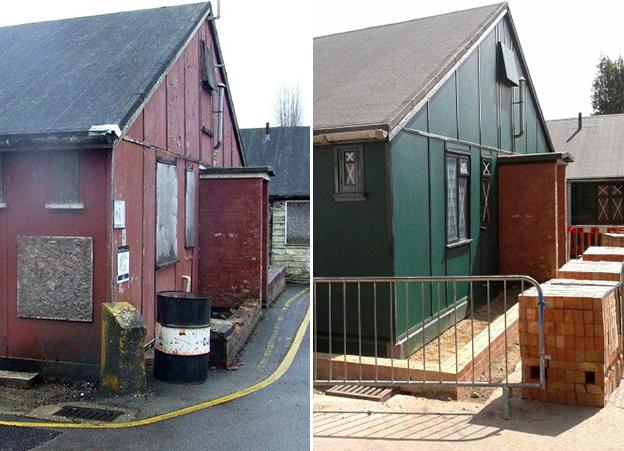
"It has always been our approach to treat our buildings (such as Hut 3) as our artefacts," the trust said
Without the story being told, the damp and dilapidated huts fell into disrepair and reached the point two years ago where they were almost beyond salvage.
Now, following a painstaking restoration, they have been brought back to life and Wednesday's official opening by the Duchess of Cambridge marks a remarkable turnaround from top secrecy to world wide attraction.
The Bletchley Park Trust was set up 22 years ago and began a race against time to save the mostly wooden structures, rapidly assembled in 1939.
Race against time
A museum was set up and now attracts about 140,000 visitors a year.
Plans for complete restoration began at the end of 2011 when the Heritage Lottery Fund awarded the trust a £5m grant and work began in 2012 after £2.4m was raised.
The money came just in time.
Site manager Rob Davies said had the work not been mostly done before last January's storms, the huts could have been lost altogether.

About 120 walls put up when Block C became an accommodation building were stripped down
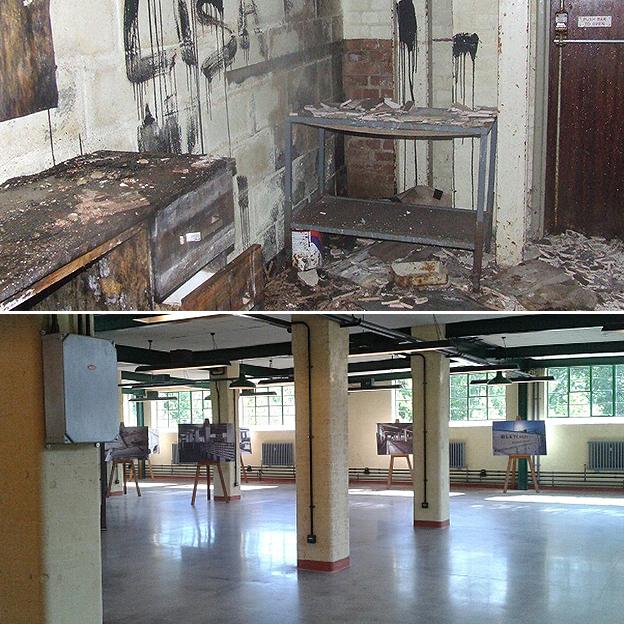
Buildings fell into disrepair and Block C had not been used since 1987
Huts 3 and 6, where much of the codebreaking work happened, are now restored and offer a glimpse of Bletchley's past.
Conservation architect Janey Price said "rapid decay" had set in.
"It's phenomenal they have [lasted] but the timber they used was very good," she said.
'Original material'
Trust chief executive officer Iain Standen said historical integrity was "hugely important" and the buildings were now as near to original as possible.
"Everywhere we can we've used the original material that was here," he said.
Hut restoration was also threatened by the very nature of the centre's war work - secrecy.
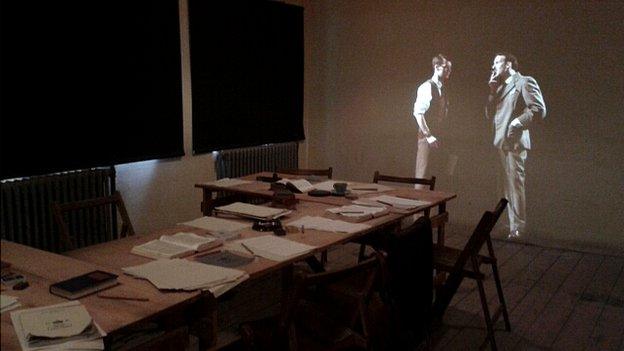
A historian has written a soundscape script based on events at the end of 1940 and beginning of 1941
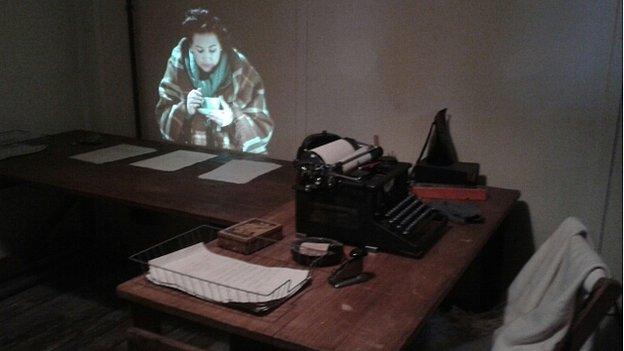
Images of people are projected on to walls to give a "sense of place", the trust says
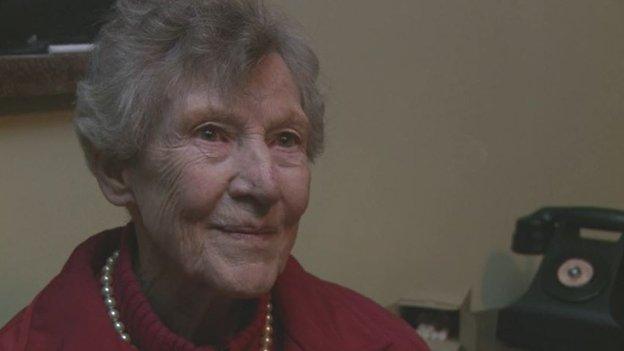
Former Bletchley Park worker Sheila Lawn said she was impressed with how Bletchley has been preserved
With no photographs of the insides to work with, Bletchley Park looked to its most valuable resource - the veterans.
And it is their once silent voices which have allowed the buildings to come alive again.
Their testimonies mean that today's visitors see what each building looked like during the war - right down to the correct paint colour, thanks to a specialist historic paint analysis company.
When you enter a hut, it looks like code-breakers have just left the room.
'Feed the regeneration'
Film projections of the workers provide an almost ghostly presence, while a soundscape of conversations past - also from real life testimony - gives the feeling that history is just over your shoulder.
Director of learning and collections Vicky Warpole said it had always been important to "use living people to feed the regeneration".
"We are an artefact-light museum but we have wonderful stories and it's the stories from our veterans that we have really tried to tell," she said.
"Our biggest achievement has been that our veterans have visited and they have all loved it."
Mr Standen added: "To see [the veterans] coming out of the huts with almost tears in their eyes that we'd got them back [to how they were], I think is recognition we got it pretty much right.
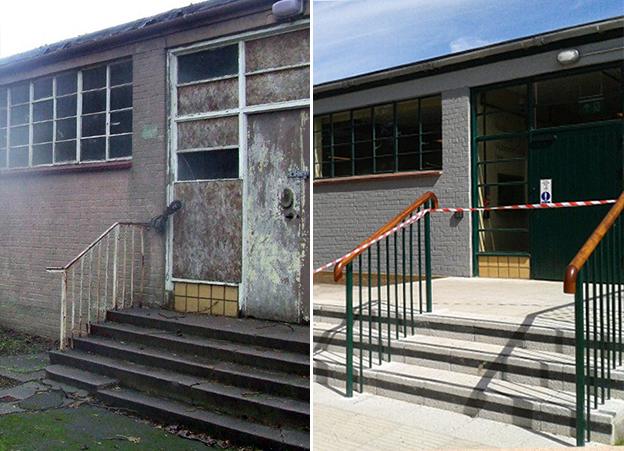
The roof of Block C was a complete mess, with trees growing out of it and water pouring through

Contractors found a granolithic floor under the old lino which needed to be sanded and polished
"The future is now very, very firm, and from a structural point of view as a visitor experience it's where it needs to be."
Sheila Lawn, who worked at Bletchley from 1943-45, is one such veteran who said it had all been "very imaginatively done".
"They have kept them looking pretty basic which is exactly what they were," she said.
"There was no luxury about the place, it was all practical."

Pam Forbes worked at Bletchley for two years during World War Two
Wren Pam Forbes, who worked on Enigma codes from 1942-44 but had no idea what the Bombe was doing until after the war, said it was "intriguing" to return.
"I think it's fantastic what they've done," she said.
Mr Standen said it was important visitors understood the role intelligence played during World War Two.
"It's great we can now tell that story and then relate it to the outcome of the war."
- Published16 May 2014
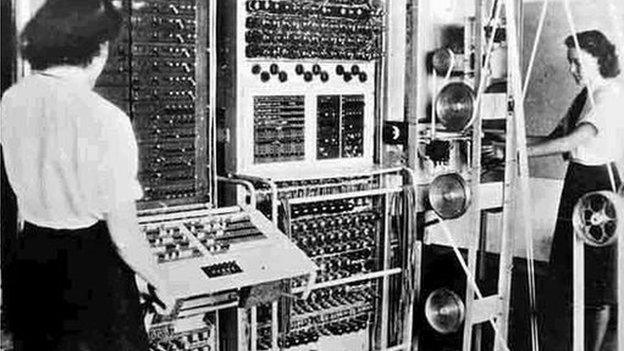
- Published26 April 2014
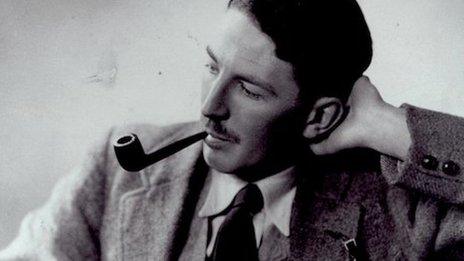
- Published4 December 2013
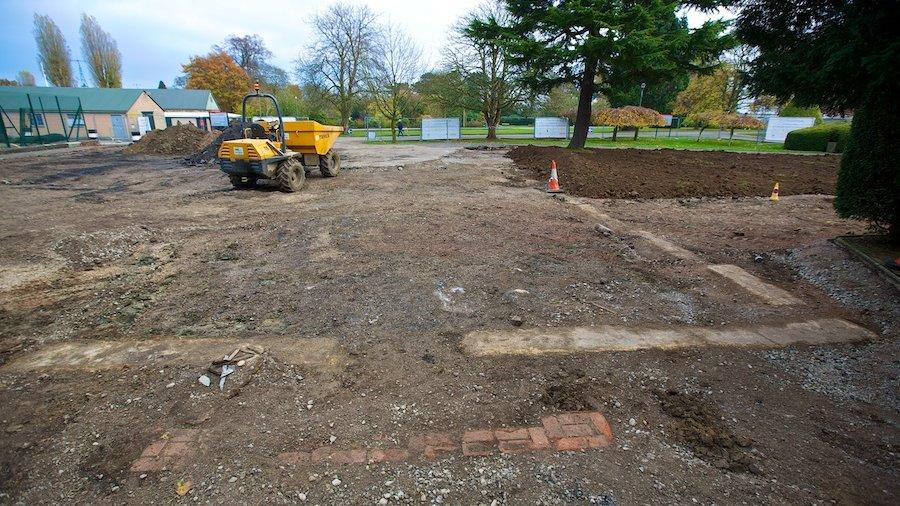
- Published3 October 2013
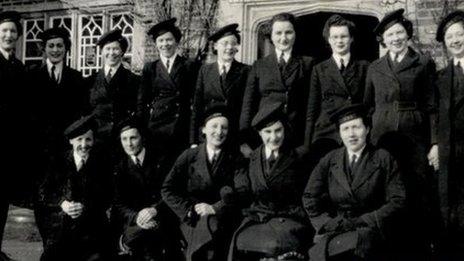
- Published26 September 2013
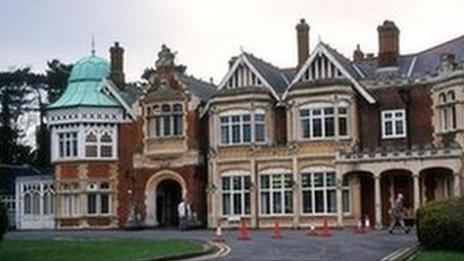
- Published20 March 2013

- Published27 June 2012
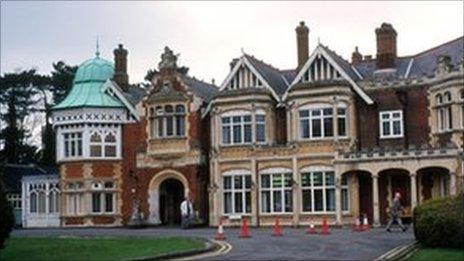
- Published22 December 2011
